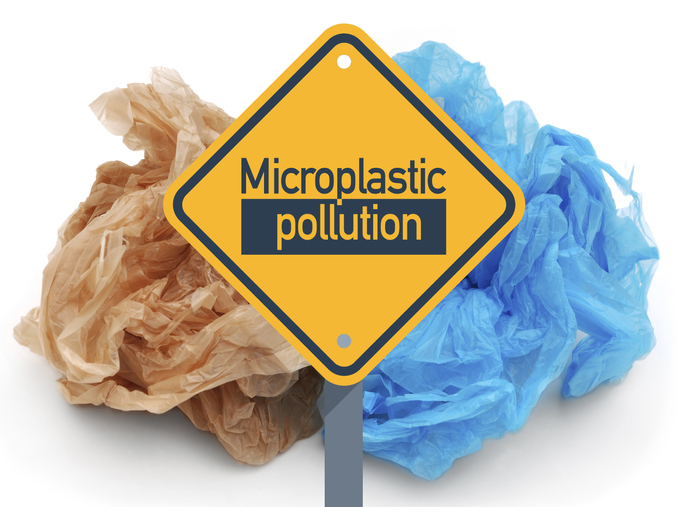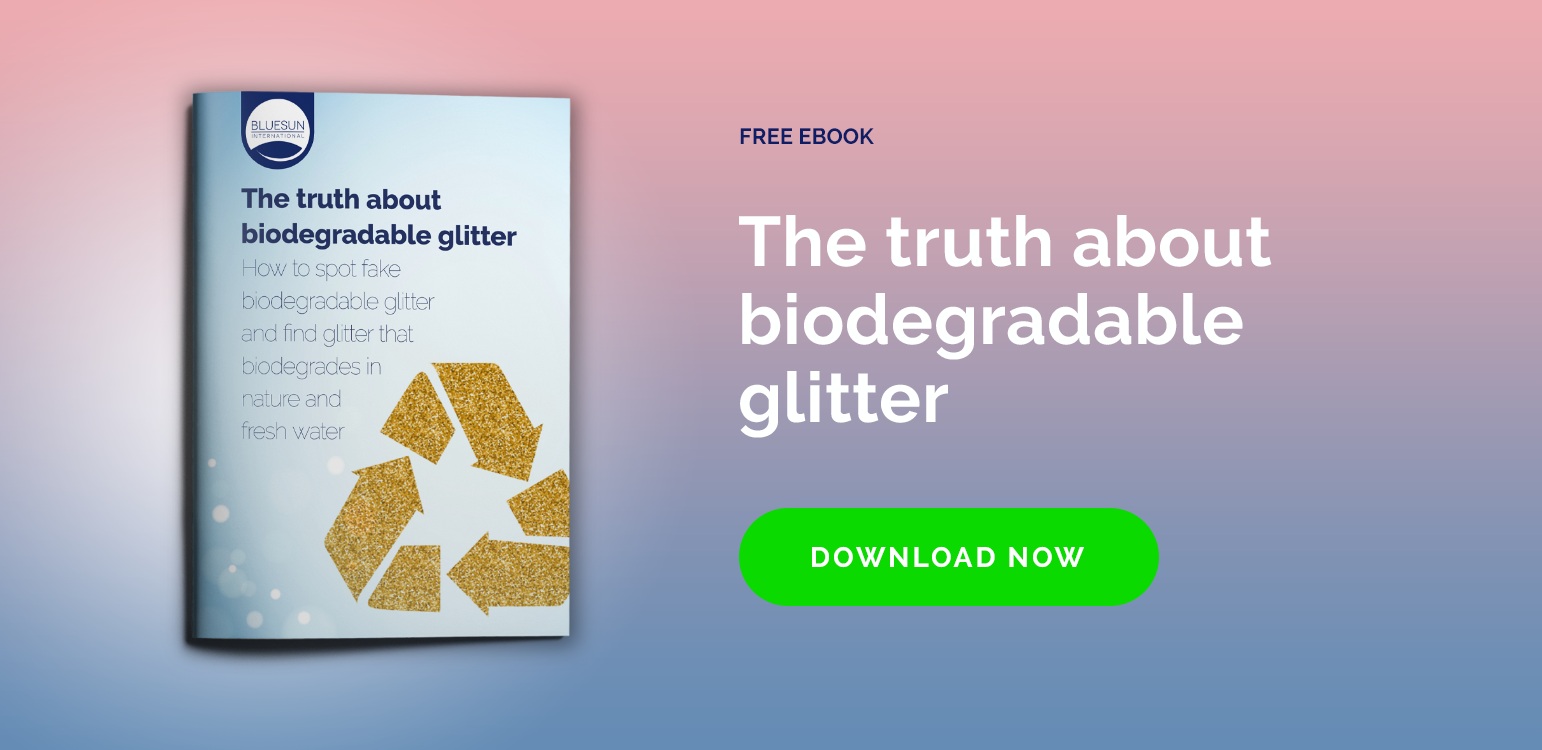The plastic tide is getting higher, plastic seems to be everywhere and is now in places we never thought it could be. We even find plastic glitter in our own food! Many researchers are devoting their lives to find out the consequences of using plastic with the frequency modern life has done for the past decades and what they are finding out is quite scary.
Let’s start with this, what we can see is only a very small part of what’s really out there. Since plastic was first mass-produced, more than 8 billion tons have been created. Plastic can crumble into very small pieces like plastic glitter and it is almost impossible to trace. Micro-plastics don’t disappear; in fact, they can be seen floating in patches in our oceans and polluting the natural environment.
The problem are microplastics. Plastic glitter is one of them
Micro-plastics are smaller than 5 millimeters. They are now in waterways, in soil (German scientists have recently found that the fertilizer made with domestic compost contains micro-plastic), in drinking water, beer, sea salt, shellfish and fish. How is this possible? How did plastic make it into the food chain? How did plastic glitter end up as part of our diets?
In the last 10 years, researchers have been studying the impact of micro-plastics in wildlife and humans. Studies conducted in California and Indonesia showed that 1/4 of the fishes used as test samples contained plastic-derived materials in their guts. Plastic contains heavy metals, which are incredibly toxic for any living organism. Scientists have reported that micro-plastics sicken or kill larvae and fish. This is the fish we eat!
Why is plastic so popular then? One explanation could be that it’s strong, durable and since it doesn’t have an immediate chemical reaction with other substances, many people prefer it to manufacture solid and lasting equipment,toys, food packaging, etc. It is currently very successful in many industries, for instance plastic glitter in the cosmetics industry.
The real problem. Plastic or compostable glitter
One of the cosmetic products where using plastic is quite common is plastic glitter. Regular plastic glitter is not biodegradable, takes thousands of years to decompose. Unfortunately, most of the glitter on the market is plastic glitter. Over time, plastic breaks down and attract other chemicals; it can become a carrier of toxic chemicals. When glitter is thrown away, its micro-plastics get to the ocean and then are consumed by plankton and/or marine organisms. That’s how it ends up in so many places, even in our food.
Newer alternatives claiming to solve plastic glitter problem have appeared. However, they are not solving the problem. Compostable glitter is one of them. A compostable product needs to be picked up and sent to a compostable (recycling) plant to be transformed. Otherwise it remains as a toxic material in the environment. Basically, each particle of compostable glitter would need to be picked up and sent to a compostable plant. This is impossible as people wash compostable glitter from their skin and it ends in the water stream. Compostable glitter is a pollutant and it is usually confused as a safe alternative to plastic glitter when it is not. Compostable glitter does not past the fresh water test which is the ultimate proof to make sure a product biodegrades in nature on its own.
The one and only plastic free glitter
A shift towards more sustainable cosmetic products is needed, but very few organizations propose an alternative. Bioglitter is the only naturally biodegradable glitter in the world. It is made of naturally biodegradable Eucalyptus cellulose and has successfully passed the “fresh water test”, which is a test that verifies that glitter biodegrades in fresh water. Their Bioglitter Sparkle is 92% plastic-free glitter and Bioglitter Pure is 100% plastic-free glitter. Bioglitter Sparkle and Bioglitter Pure, once they get in contact with the natural environment, it becomes CO2, water and biomass.
Blue Sun International and Today Glitter market Bioglitter. They are few of the organizations proposing alternatives to cosmetics contributing to the plastic invasion that the research is showing. There are still so many things we don’t know about plastic, like what happens to it over decades, or the many forms in which it can be manufactured, but this has happened before in human history, we invent something that seems great at the beginning and then we don’t realize how much we depend on it, to the point it’s dangerous for the planet. The need for a shift towards plastic-free products is explained in the damage we are learning the plastic dependence is causing to the environment, our food and us.


![Free ebook: The truth about biodegradable glitter [Click here and download now]](https://no-cache.hubspot.com/cta/default/4020212/b9c13b96-3024-4b35-9af9-cbd44d84ec15.png)


